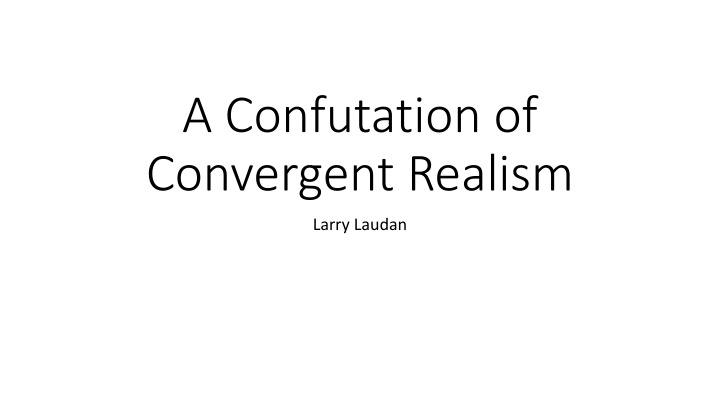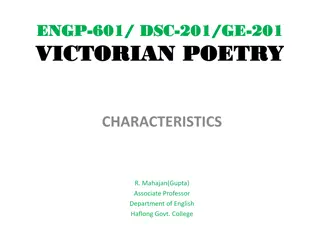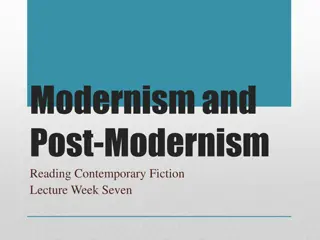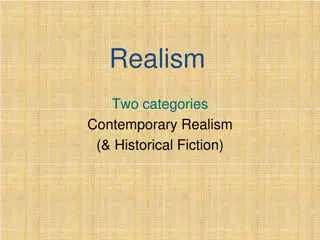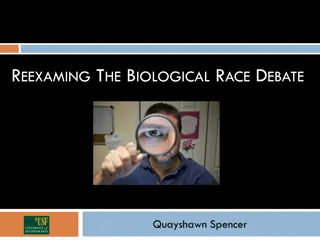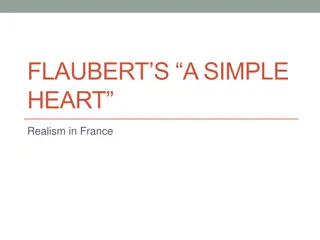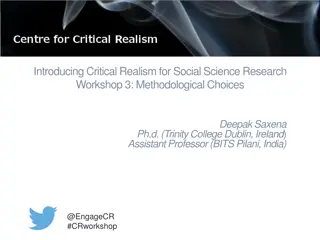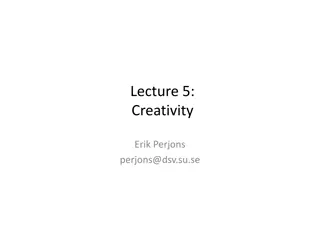Convergent Realism in Science
Epistemological realism posits that knowledge about an object is independent of the mind. This leads to the exploration of convergent realism, which suggests that scientific theories are approximately true and build upon each other. Abductive arguments and the no miracles argument are discussed in relation to convergent realism. Laudan's approach challenges some aspects of convergent realism, emphasizing the importance of reference in scientific theories.
Download Presentation

Please find below an Image/Link to download the presentation.
The content on the website is provided AS IS for your information and personal use only. It may not be sold, licensed, or shared on other websites without obtaining consent from the author.If you encounter any issues during the download, it is possible that the publisher has removed the file from their server.
You are allowed to download the files provided on this website for personal or commercial use, subject to the condition that they are used lawfully. All files are the property of their respective owners.
The content on the website is provided AS IS for your information and personal use only. It may not be sold, licensed, or shared on other websites without obtaining consent from the author.
E N D
Presentation Transcript
A Confutation of Convergent Realism Larry Laudan
Epistemological realism: knowledge about an object is mind- independent. Problem: It is often suggested that epistemological realism is an empirical hypothesis: its grounding lies in its ability to explain the workings of science. It is empirically testable: it can be tested, essentially, by its success. Naturally, allowing epistemological claims to be testable means that preferred claims about epistemology might not stand up. Laudan s claim is that this is precisely what has happened to epistemological realists of a certain type.
Convergent Realism R1: Scientific theories are approximately true. Newer theories are truer. R2: These theories refer. R3: Early theories are limiting cases of later ones; they do not postulate entirely different terms and relations. R4: Acceptable new theories account for the predictive success of their predecessors. R5: These entail that mature scientific theories should succeed. If R1-R4 are empirical hypotheses, they can be tested; the implication posited in R5 gives us empirical data to test.
Abductive arguments for CER Argument I Premise 1: Scientific theories that are approximately probably be empirically successful. Premise 2: Theories that refer will probably be empirically successful. Premise 3: Scientific theories are in fact empirically successful. Argument II Premise 1: If earlier theories are approximately true and their terms refer, later successful theories will preserve them as limiting cases. Premise 2: Scientists seek to preserve earlier theories as limiting cases and generally succeed. true will Conclusion: Scientific theories refer and they are approximately true. Conclusion: Earlier theories refer and are mostly true.
No miracles argument If CER is true, we can rest easy about scientific success now and in the future. If CER is false, Success of our theories is not guaranteed Assuming success does occur, it is an unexplained, miraculous happening
Laudans approach It is credible, or at least not a weak point, to say that scientific theories do succeed. The claim that reference causes or explains success (I.2) is false. The notion of approximatetruth is unclear; I.1 is ambiguous. As later theories do not (and in fact logically often cannot) preserve earlier theories as limiting cases, II.1 is false. As scientists do not and should not attempt to preserve them, II.2 is false.
Reference Reference If a theory refers, then there exist entities which approximately fit the theory s description of them. (Mass, electron, gene, and atom work, but ether doesn t.) But theories with genuine referents have not tended to be successful. Wegnerian theory of continental motion Chemical atomic theory of the 1800s Proutian theory of heavy elements composition
Nor must they probably or usually be successfulsimply throw a few negation symbols into a correct theory and you can produce an extremely unsuccessful theory that posits the same ontology. It is not enough for theories to make accurate claims about what entities exist. It must also be right about how these entities behave and interact otherwise it will not enjoy predictive success.
Even worse, we are now confident many successful past theories did not refer. Ether theories are the primary example of this. Question: instead of weakening the claim of always to usually, why not weaken all the central terms refer to some of the central terms refer ? A. Testing a theory verifies all or none of it otherwise, the relationship between success and truth upon which CER s whole case hinges is false. B. If only some central terms refer, the retentiveness of earlier theories terms by later theories doesn t hold either.
Laudans approach It is credible, or at least not a weak point, to say that scientific theories do succeed. The claim that reference causes or explains success (I.2) is false. The notion of approximatetruth is unclear; I.1 is ambiguous. As later theories do not (and in fact logically often cannot) preserve earlier theories as limiting cases, II.1 is false. As scientists do not and should not attempt to preserve them, II.2 is false.
Approximate Truth Approximate Truth T is approximately true T is successful at explanation. T is approximately true T is successful at explanation. Whatever approximatelytrue means, it cannot include theories that do not refer. (This is Putnam s out from problems with reference.) But in the history of science, plenty of predictive theories did not refer. What if we apply successful approximately true only to theories in the mature sciences?
Laudans approach It is credible, or at least not a weak point, to say that scientific theories do succeed. The claim that reference causes or explains success (I.2) is false. The notion of approximatetruth is unclear; I.1 is ambiguous. As later theories do not (and in fact logically often cannot) preserve earlier theories as limiting cases, II.1 is false. As scientists do not and should not attempt to preserve them, II.2 is false.
The Retentive Thesis The Retentive Thesis C1: If earlier theories are successful (and approximately true), scientists should only accept later theories which retain appropriate portions of these predecessors. This essentially entails that the earlier theory behaves as a limiting, extremal case of the later one. C2: This is in fact what scientists do. C3: The effectiveness of this process supports the retentive thesis.
But neither history nor the widely prevailing understanding of theory-language permits these to be true. No one criticized Lyell or Darwin for failing to incorporate relevant parts of earlier theories. Diagonal zinger: One could take a leaf from [C2] and claim that the success of the strategy of assuming that earlier theories do not generally refer shows that it is true that [they don t]! (38).
Earlier theories that do not account for all the successor theory s referents cannot formally be understood as limiting cases. Such would require: All the variables assigned a value in T1 are assigned a value in T2 The values assigned to every variable in T1 are close to those assigned in T2, assuming certain constants are specified. This is impossible if there is a change in ontology, T1 can never be a limiting case of T2 because of overdetermination.
Earlier theories that do account for all the successor theory s referents cannot formally be understood as limiting cases either. If T1, T2 disagree, each will have true, determinate consequences that are unique. What about the weaker claim that successor theories should explain an earlier theory s successes? It is pragmatically unnecessary and epistemically unfounded.
Now Laudan has shown that the reference and approximate truth premises from CER I, and both the empirical and theoretical premises from CER II, fail. The final nail in the coffin for the epistemological realist: even the structure of the two abductive arguments is a priori uncompelling to a non-realist.
Gems Laudan is extremely comfortable with historiography, and brilliantly weaves together history of science with philosophy of science. Laudan uses the realist s own arguments against him, in thought- provoking and surprising ways. [C2, Petitio Principii] Laudan makes use of high-level technical content logical relations, theory-language without getting mired in the formal.
Discussion Does the onus fall on the realist to defend that non-realists cannot explain scientific success? Or does the nomiracles argument stand? Is there an intuitive concept behind the notion of limitingcases that Laudan or the epistemological realists are misstating? What conclusions can we draw from the widespread past success of non-verisimilar, non-referring theories?
